Artificial intelligence, or AI (for its acronym in English), is a technology that is revolutionizing our lives. Some time ago, when Google announced that its AI system AlphaGo had defeated the world champion of Go, Lee Sedol, it raised the suspicion that AI could become more competitive than human intelligence.
However, even though AI is better than humans in many areas, there are some tasks where humans are better. AI cannot take on certain human qualities, such as empathizing with others or determining how to make a morally correct decision. Although the range of AI capabilities is constantly expanding with new advancements, this gives humans a comparative advantage in decision-making and conflict resolution. It remains uncertain where the limits of its development lie, so this statement is provisional and subject to debate by political authorities and prominent scientists.
The term “artificial intelligence” is often used to refer to a broad field of study that includes machine learning, natural language processing, and robotics. It is also commonly used as a buzzword for anything that seems cool enough to be science fiction.
The advantages of artificial intelligence
The field of artificial intelligence has come a long way since its beginnings. Many people associate it with the idea of robots and computers that can think like humans, but this is not necessarily true. AI is a field focused on making computers smarter and capable of solving problems without human intervention, which means it can be applied to many different areas.
Artificial intelligence and machine learning are two of the most exciting technologies that exist right now. People are always talking about how they will change our lives, but what does that really mean? How will they change the way we work and live?
Artificial intelligence is a type of technology that allows computers to do things that would normally require human intelligence. Machine learning is a branch of AI that allows computers to learn from data without being explicitly programmed. Both can be used together or separately, and they are already impacting our lives in surprising ways.
Artificial intelligence (AI) is a discipline that studies how to build computer programs that can perform functions that have traditionally been assigned to humans. Today, AI is a widely spread technology and can be used in many different fields: transportation, medicine, commerce, agriculture… The main goal of AI researchers is to make humanoid robots capable of interacting electronically with other humans without the need for human intervention.
In short, what is artificial intelligence really?
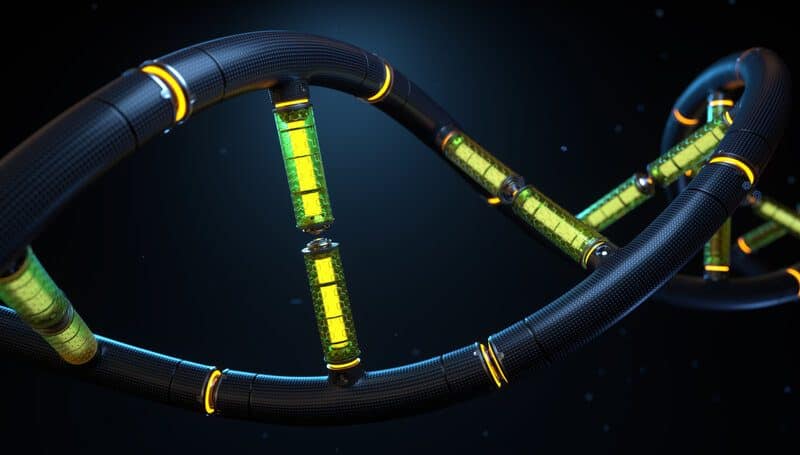
It’s a question that many people have asked and continue to ask. If you’re not sure what it is, it can be difficult to explain it to someone else. Artificial intelligence is a computer system that learns from human interaction and emulates human behavior. It is also called AI, which stands for “artificial intelligence,” or AIML, which stands for “Artificial Intelligence Markup Language.”
Artificial intelligence (AI) is a branch of computer science that deals with writing software capable of performing tasks that are typically thought to require intelligence. AI programs can be used to solve problems by searching for possible solutions until an optimal solution is found. They do this by learning from their mistakes and adjusting their approach based on feedback received from humans or other computers. They can also learn from datasets and algorithms that have been programmed into them by scientists specializing in AI research.
A popular use of artificial intelligence today is in video games, where computer-generated characters are programmed using AI techniques to behave more realistically than they would if controlled directly by human players through the keyboard or controller inputs.
But what does that really mean? What does an artificially intelligent system look like? And how can you tell if you’re interacting with one?
Let’s start with the basics. Artificial intelligence is defined by a set of characteristics. It needs to be able to:
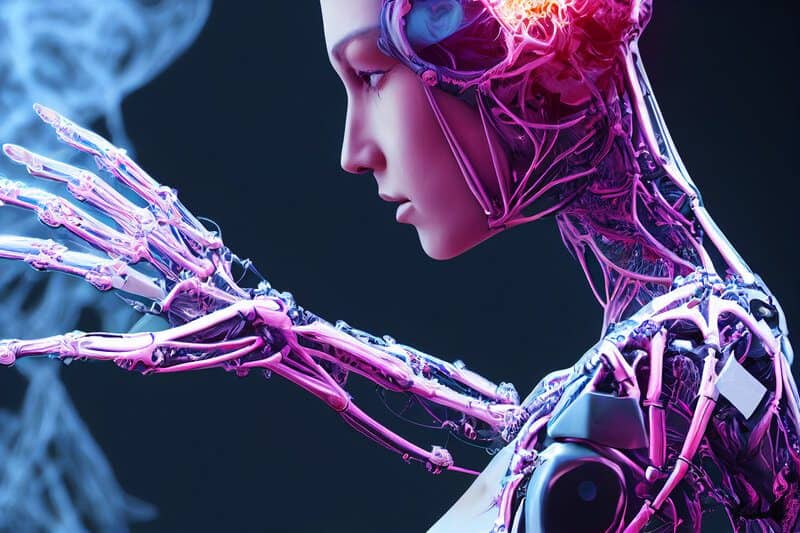
1) Perform tasks that require human-like reasoning.
2) Learn from experience and use prior knowledge in new situations.
3) Be able to adapt its behavior based on new information.
4) Act rationally and independently of humans.
The term “artificial intelligence” was coined in 1956 by John McCarthy and has undergone many changes since then.
Today, we use AI to describe the ability of computers to perform tasks that require intelligence. In other words, it is the ability of machines to learn and make decisions based on what they have learned.
There are many different types of artificial intelligence, but they all fall into three categories: supervised learning, unsupervised learning, and reinforcement learning.
Supervised learning is when you tell the computer what you want it to do, and then you give feedback on whether it did what you wanted it to do. This is useful when teaching a machine how to perform tasks such as recognizing images or processing natural language text; in both cases, there is a correct answer that must be identified from many possible answers.
Unsupervised learning is when you don’t tell the computer what you want it to do; instead, you just provide data and let it discover patterns on its own based on that data (for example, identifying faces in an image). This type of AI is used for tasks like search engines or recommendation engines on websites like Amazon or Netflix; these sites want their algorithms to identify patterns in user behavior.
Meanwhile, reinforcement learning is a variety that allows artificial intelligence to plan effective strategies based on experimentation with data. It is a form of optimization based on data. The machine learns from its own experience, interacting with the environment until it finds the ideal behavior. Based on the available information, it will take actions that it will repeat and “reinforce” depending on the rewards it receives, which can be positive or negative.
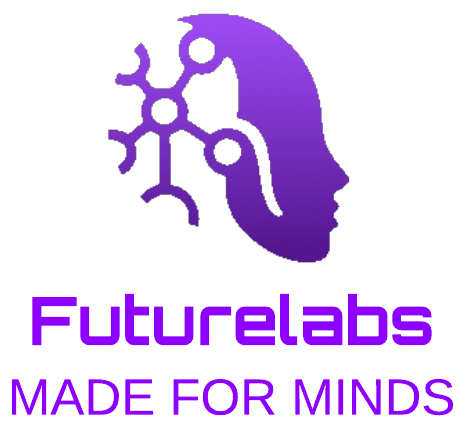
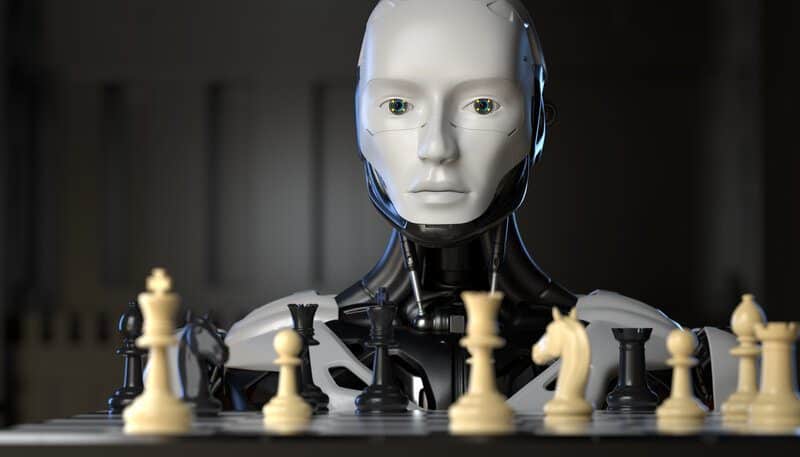

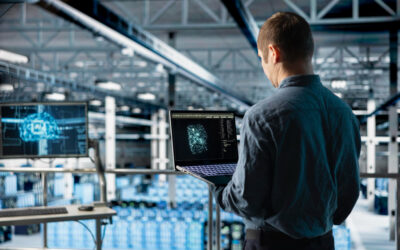


0 Comments